What I learned about Alzheimer and how to prevent it
Insights and Actions for Lifelong Cognitive Health
Abstract
Alzheimer’s disease, a leading cause of memory loss and cognitive decline, is a growing concern worldwide. While I have no personal experience with the disease (thanks God!), I’m very scared of it, and my research has revealed that many of its risk factors are within our control.
In this article, I share what I’ve learned about how Alzheimer’s develops and practical steps to reduce its risk. From adopting a healthy diet and regular exercise to improving sleep and managing stress, these lifestyle changes can support long-term brain health. By understanding the triggers and making proactive choices, we can take meaningful steps to protect our mental sharpness and overall well-being as we age.
Introduction
The brain is undoubtedly our most precious and magical organ. We spend a lifetime improving its performance, striving to learn new things and better ourselves. We do this so much that sometimes we even forget we have a body that needs to stay healthy if we want to maintain sound cognitive functions.
For me, at least, there’s nothing more terrifying than neurodegenerative diseases. This fear drives me to constantly test my memory and cognitive abilities, trying to recall the names of old colleagues or people I haven’t seen in years, phone numbers, or passwords. This fear emerged after I turned forty and, in recent years, has often turned into anxiety—especially when I realize I can’t remember the name of something or someone.
However, this often stems from a healthy process of optimizing and strengthening synapses around information relevant to our current life. I’ve written about this here: Fell in Love with Learning: A Personal Journey of Motivation, Mindset, and Growth.
When you can’t remember something and desperately try to bring it to mind
But when it happens, I immediately think I’ve lost mental sharpness, and I keep racking my brain, trying to recall the name or number I’ve forgotten.
When you can’t remember something and desperately try to bring it to mind, you enter a sort of fight-or-flight mode, activating parts of the brain that aren’t the right ones for retrieving old or irrelevant information. If this has happened to you, you know what I mean—it doesn’t work. Then you go to sleep, and magically, the next morning in the shower, the name or number pops up. Bang—you’re not demented yet.
Let’s be clear: a slow decline in cognitive functions is inevitable, especially after the age of 45. But my nightmare is a rapid deterioration leading to dementia, with a name well-known for its strength and incurability: Alzheimer’s.
So, I started studying to understand how it works and how I can prevent it.
In this article, I’ll share what I’ve learned.
Discussion
Alzheimer’s disease is the most common cause of dementia and is growing steadily
It destroys brain cells and nerves disrupting the transmitters which carry messages in the brain, particularly those responsible for storing memories. Alzheimer’s disease was first described by Alois Alzheimer in 1906. (2)(3)
Alzheimer’s disease is the most common form of dementia, and has seen a significant global increase in prevalence over recent decades. In 1990, approximately 20 million people worldwide were living with dementia. By 2015, this number had risen to around 47 million, and as of 2021, it reached over 55 million. Projections indicate that by 2050, the number of individuals with dementia could escalate to 139 million.
If we look at this number, it’s truly frightening, but after more than twenty years working with data, I’ve learned that it’s worth taking a closer look.
This upward trend is primarily attributed to aging populations, particularly in low- and middle-income countries where 60% of people with dementia currently reside—a figure expected to rise to 71% by 2050. In fact, if the effect of population aging is offset (age-standardized), the growth curve flattens.
That said, I don’t know about you, but I’m not at ease at all.
Let’s try to understand how Alzheimer’s works and how we can avoid it. I’ll share what I’ve learned in simple terms, so medical scientists among you, please forgive me if I use some imprecise terminology or if the situation is far more complex than I describe.
What happens in the brain with Alzheimer’s?
If we could observe a brain affected by Alzheimer’s, we’d find an accumulation of sticky plaques composed of a harmful protein called beta-amyloid (A-beta). These sticky plaques destroy synapses like a Pac-Man eating dots.
What surprised me most is that beta-amyloid is actually part of the brain’s protective response. It’s part of the innate immune system, designed to protect the brain against infections. It binds to and neutralizes pathogens, preventing their spread.
So how is it possible that a protein meant to protect us becomes the cause of such a cruel disease?
Beta-amyloid originates from the breakdown of a larger protein called amyloid precursor protein (APP), which resides in the membranes of nerve cells.
APP can be broken down in two ways:
Single-point cleavage by alpha-secretase: This process doesn’t produce toxic fragments and it protects you from the disease
Triple-point cleavage: This results in the production of beta-amyloid fragments
Beta-amyloid binds to receptors on neurons, blocking their signals and effectively instructing them to self-destruct. While this is part of a healthy optimization process for the brain, it becomes toxic when APP is cleaved into three fragments more often than one, causing beta-amyloid to accumulate.
Once this process is unbalanced, it creates a vicious cycle: the more beta-amyloid there is, the more it binds to APP, producing even more.
The brain then begins sacrificing neurons in a way that minimizes harm to the body. It identifies the toxic process and sacrifices non-vital neurons and synapses first, such as those responsible for memory.
This is why people begin forgetting names and faces but can still walk or brush their teeth. As the disease progresses, more critical parts of the brain are affected, with vital functions preserved for as long as possible.
Your brain’s brilliance lies even in this: if playing a musical instrument has been central to your life, you might forget everyone around you but still play your violin flawlessly.
Three Types of Alzheimer’s
Based on the trigger, there are three types of Alzheimer’s:
Inflammatory: Caused by chronic brain inflammation from infections, viruses, or herpes. Often, the brains of Alzheimer’s patients with this type contain bacteria or viruses from the mouth or gut that have reached the brain, triggering a defense mechanism.
Trophic: Linked to a lack of essential nutrients, growth factors, or hormones necessary for brain health (e.g., deficiencies in vitamins D, B12, etc.).
Toxic: Caused by the accumulation of toxins like heavy metals (mercury, lead), pesticides, environmental neurotoxins, or mold(!). I’m sure you will see that mold in your balcony in another way tomorrow:-)
Triggers
One major trigger is insulin resistance, which is familiar to diabetics and those with cardiovascular diseases. Persistent high blood sugar levels cause chronic inflammation, which can set off Alzheimer’s-related processes.
Similarly, cholesterol and other cardiovascular risk factors are also contributors.
Less obvious is the link between gut inflammation caused by gluten sensitivity or food intolerances. These lead to chronic processes that increase gut permeability, allowing substances to enter the brain that should remain in the gut.
Long-term exposure to toxins, such as certain molds, can also trigger the disease.
Finally, there’s the well-known genetic factor, which doesn’t directly cause Alzheimer’s but significantly increases its likelihood. It’s tied to the APOE protein, specifically the APOE4 variant:
People with two copies of the APOE4 gene face a 10- to 15-fold increased risk of developing Alzheimer’s compared to non-carriers.
Individuals with one copy of APOE4 have an elevated risk, though it is less pronounced than homozygotes. Their lifetime risk is roughly 2-3 times higher than non-carriers.
Tips for Prevention and What I’m Doing
Reduce Gut Inflammation and Optimize Nutrients
Maintaining a healthy microbiota through probiotics, fiber, and a balanced diet can prevent neurodegenerative inflammation. I’ve suffered from irritable bowel syndrome for years and discovered it was largely due to alcohol sensibility and overconsumption of white pasta and bread.
We all know the importance of eating plenty of fruits, vegetables, and Omega-3-rich foods. I try to eat well, but I’ve also started using supplements. I take triple magnesium at night (it helps me sleep better) and a vitamin/probiotic mix called AG1 in the morning. It’s expensive, but it’s resolved my gut issues, and I don’t fix what isn’t broken! You can find links to the products in the References paragraph below.
Sleep well
Regular sleep supports brain regeneration and reduces beta-amyloid buildup. I monitor my sleep with an Apple Watch and use WHOOP to assess daily recovery—it’s amazing how much it helps.
I mentioned it in the first article of this newsletter. Give it a try to believe it.
When I sleep well, I perform at a different speed the next day, have a much more positive mood, and am less prone to instinctive fight-or-flight reactions.
Exercise daily
And what does training have to do with Alzheimer’s, you might ask?
It’s crucial because it improves circulation and body health. Sound soul in sound body. Remember?
I’ve noticed truly positive effects on my cognitive performance, not just from aerobic training (running, swimming, cycling), but also from weightlifting.
Recently, I understood why, based on scientific evidence:
MIT engineers have found that exercise can also have benefits at the level of individual neurons. They observed that when muscles contract during exercise, they release a soup of biochemical signals called myokines. In the presence of these muscle-generated signals, neurons grew four times farther compared to neurons that were not exposed to myokines. These cellular-level experiments suggest that exercise can have a significant biochemical effect on nerve growth.
And if you want to go to the next level I strongly recommend a visit to SPARKD a new concept of Gym in Singapore for the brain and body performances. I tried it and it’s an experience. You can follow and direct message SPARKD Founder here: Anna Milani
Watch Sugar Intake
High sugar consumption promotes chronic inflammation and beta-amyloid plaque formation. I’ve learned to consume sugars strategically, such as after workouts to replenish glycogen stores in muscles.
Through training, I’ve learned that sugars are not the enemy—they are essential for our bodies. And if you try to bike 100k without sugars, you’ll learn that the hard way. However, I try to be mindful of when I consume them. If you want to eat pasta, it’s better to have it after training to replenish glycogen in your muscles rather than before! For years, I did the opposite.
Quit Smoking and Limit Alcohol
Smoking has been linked to Alzheimer’s for years, so I won’t dwell on that. As for alcohol, it’s more complicated, and I’ve written about it here: The Wine Dilemma: Balancing Joy and Performance
Reduce air pollution
Be mindful of the air you breathe, including potential mold exposure.
While Singapore generally has good air quality, I use a Dyson air purifier at home and work—it’s incredible what it filters out and how polluted the air can sometimes be without us even realizing it.
Conclusion
Alzheimer’s is a complex and deeply concerning challenge, but understanding its triggers and taking proactive steps can make a real difference. Through my research and exploration, I’ve discovered that maintaining a healthy brain starts with caring for the body. A balanced diet, regular exercise, quality sleep, and managing stress are key strategies for preserving mental clarity and overall well-being.
While I have no personal experience with this disease, learning about its causes has shown me that many risk factors are within our control. By reducing inflammation, supporting gut health, and being mindful of toxins, we can actively work to lower the risk of cognitive decline. This journey has been one of empowerment—proving that small, intentional changes today can build a stronger foundation for a healthier future. I hope this article inspires others to take proactive steps toward protecting their minds and living more fulfilling lives.
References
Cognitive decline can begin as early as age 45, warn experts
AG1 (my referral link to get year's supply of Vitamin D3+K2 plus 5 free AG1 Travel Packs)
When muscles work out, they help neurons to grow, a new study shows


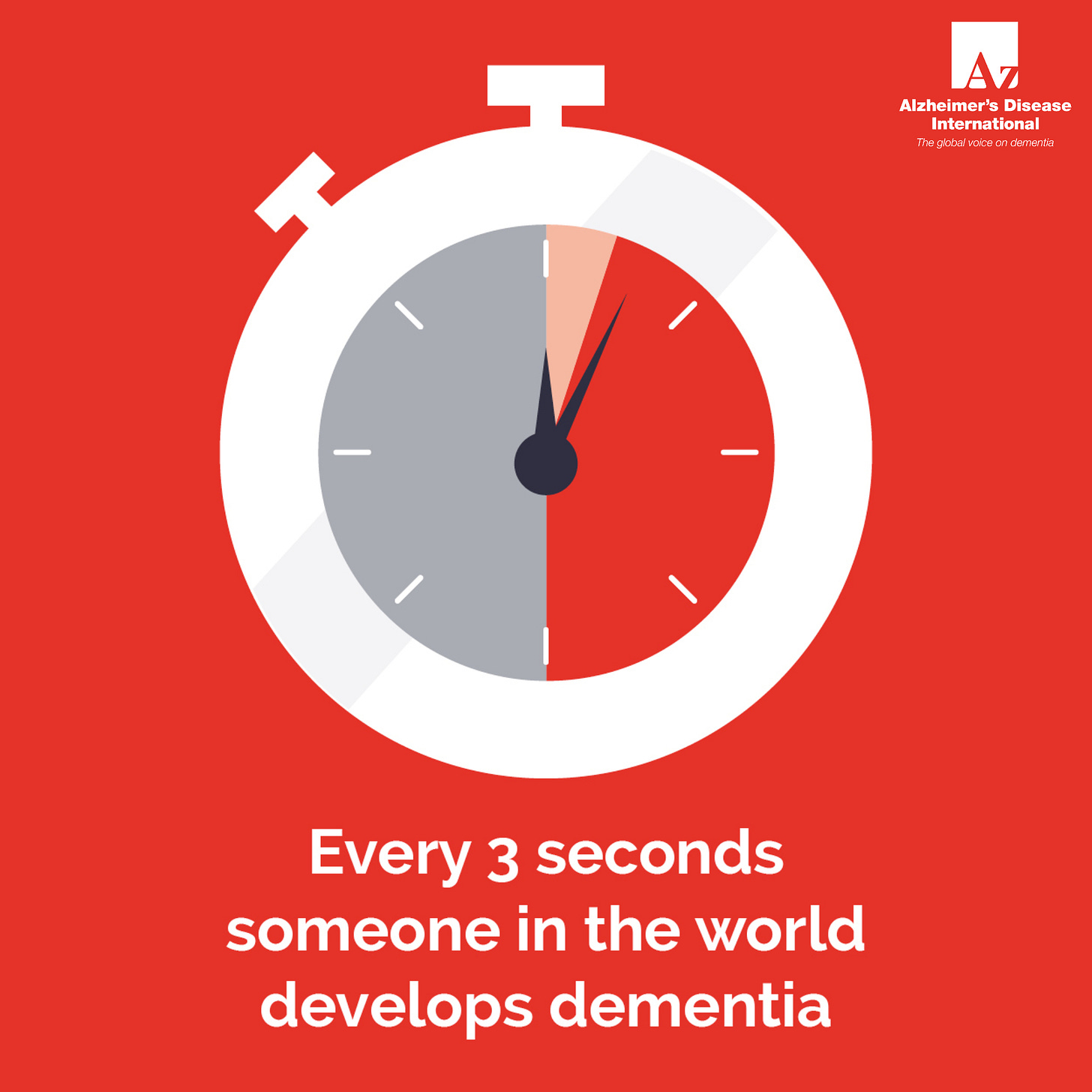
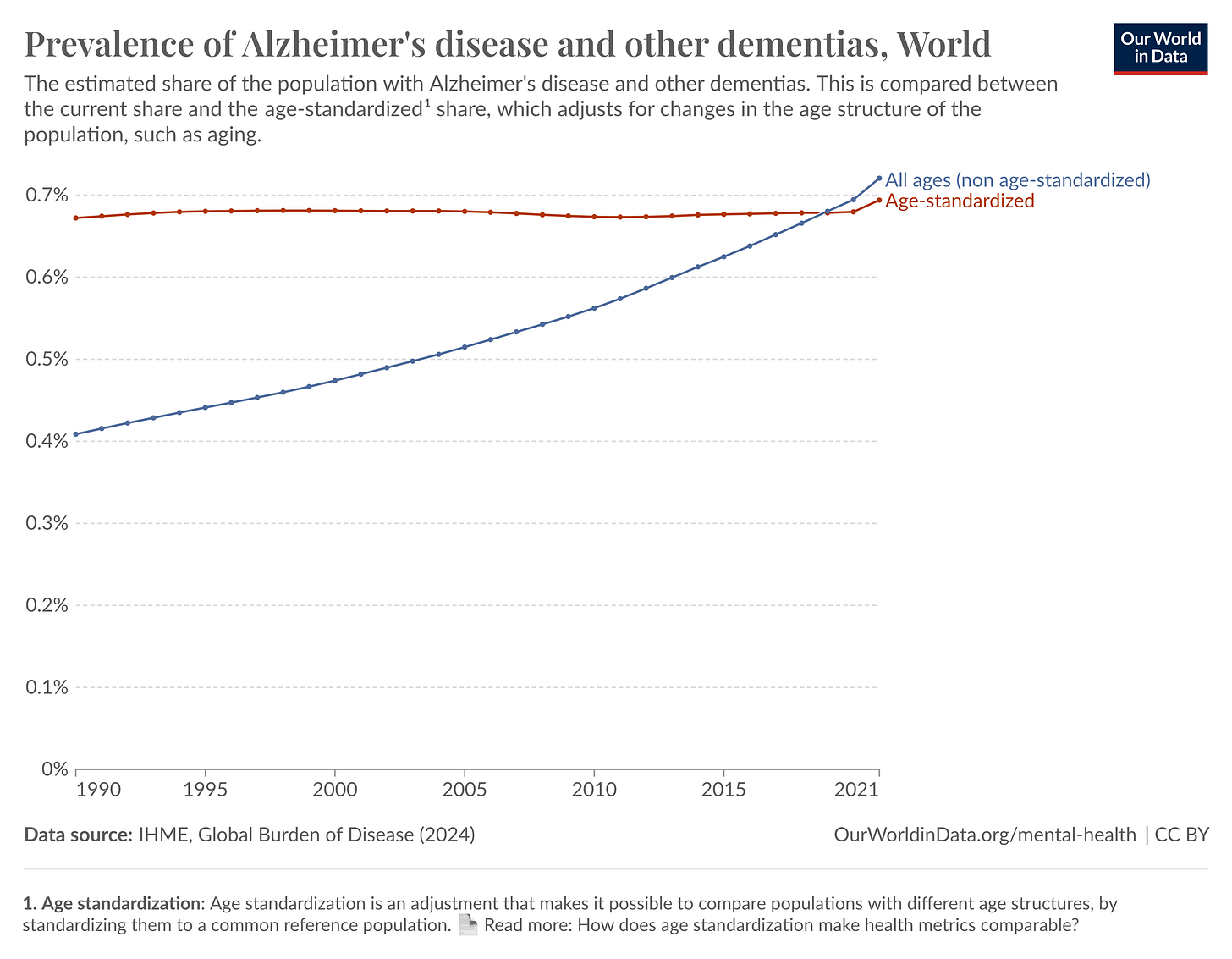
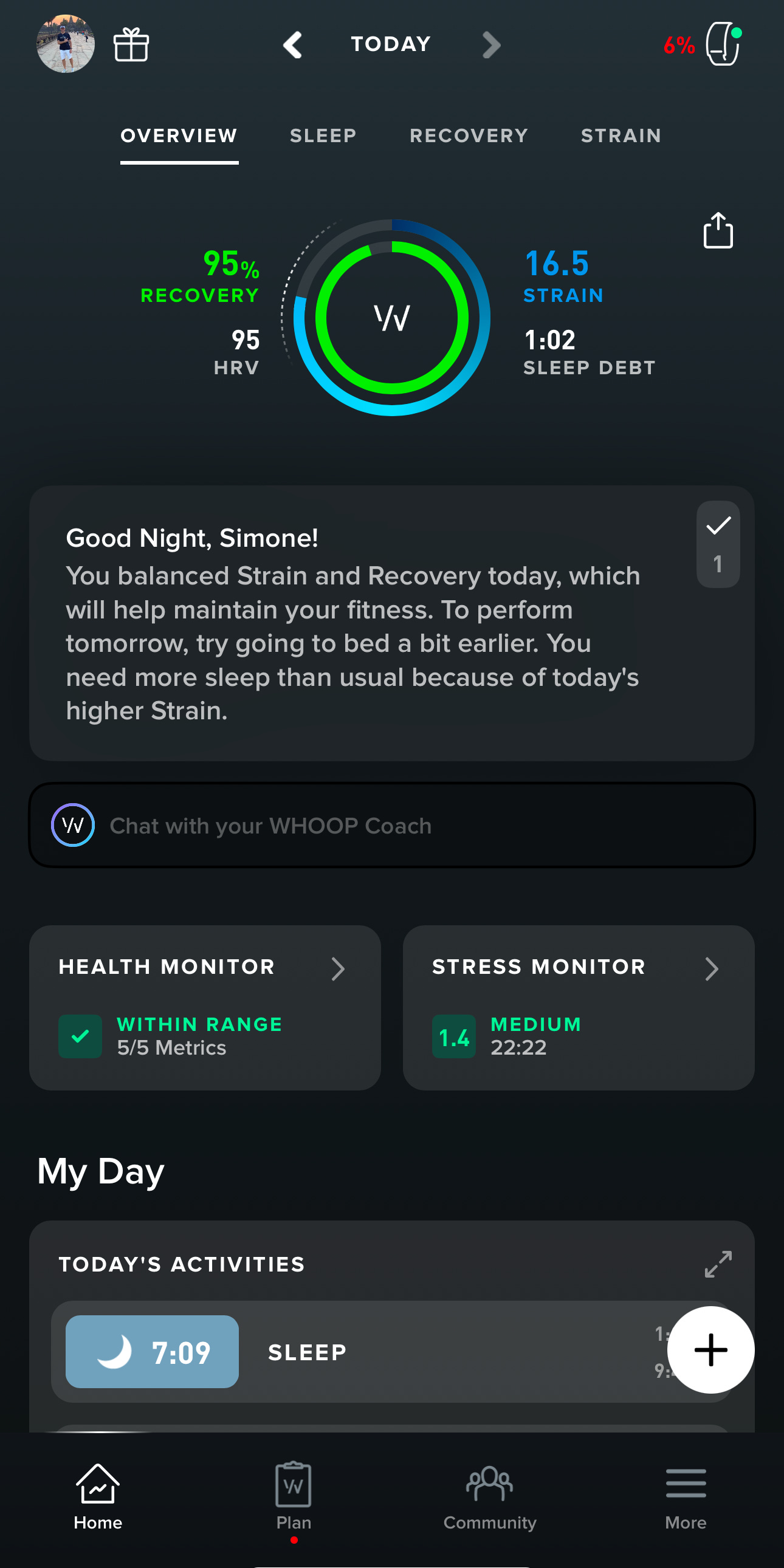

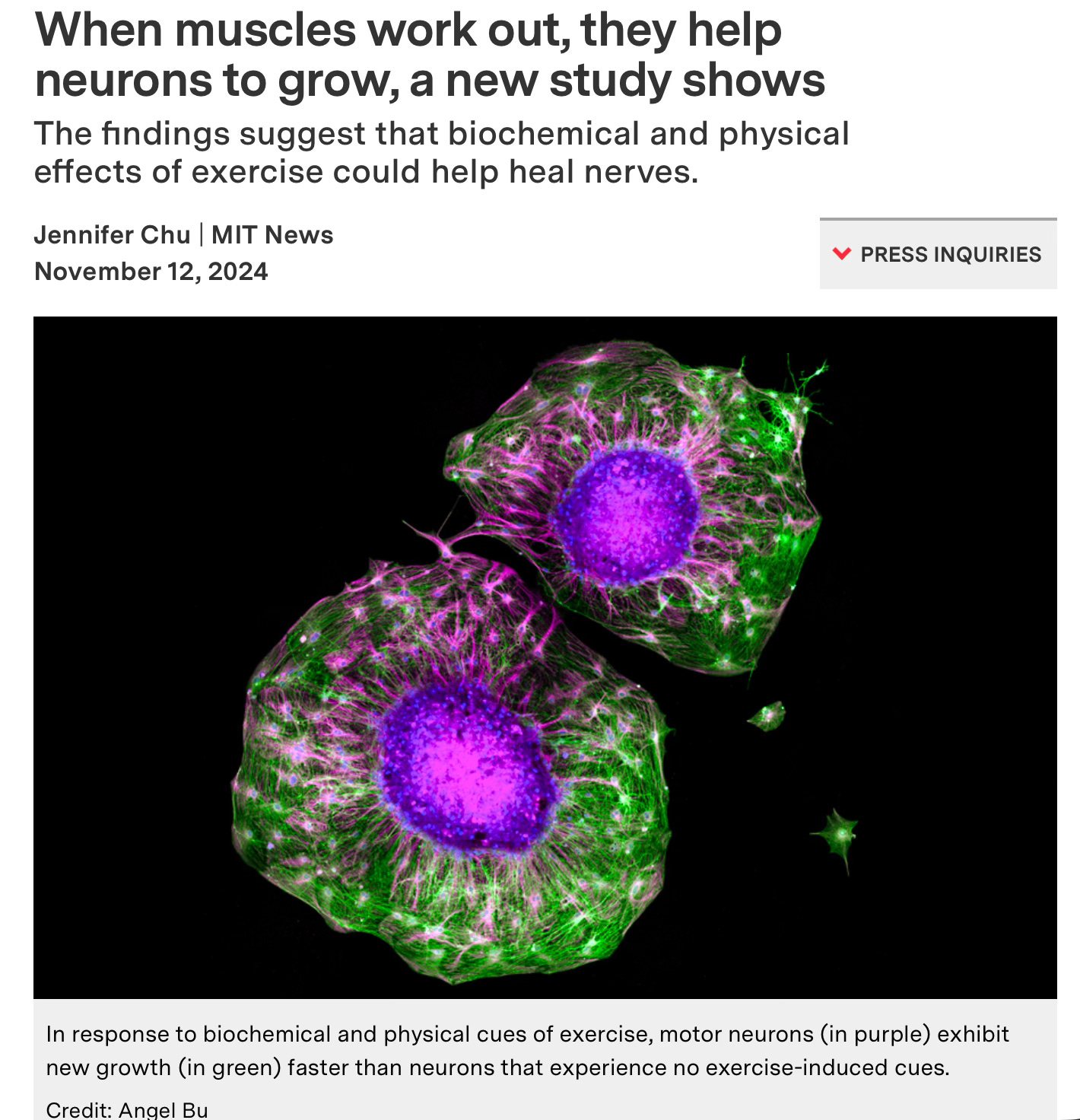
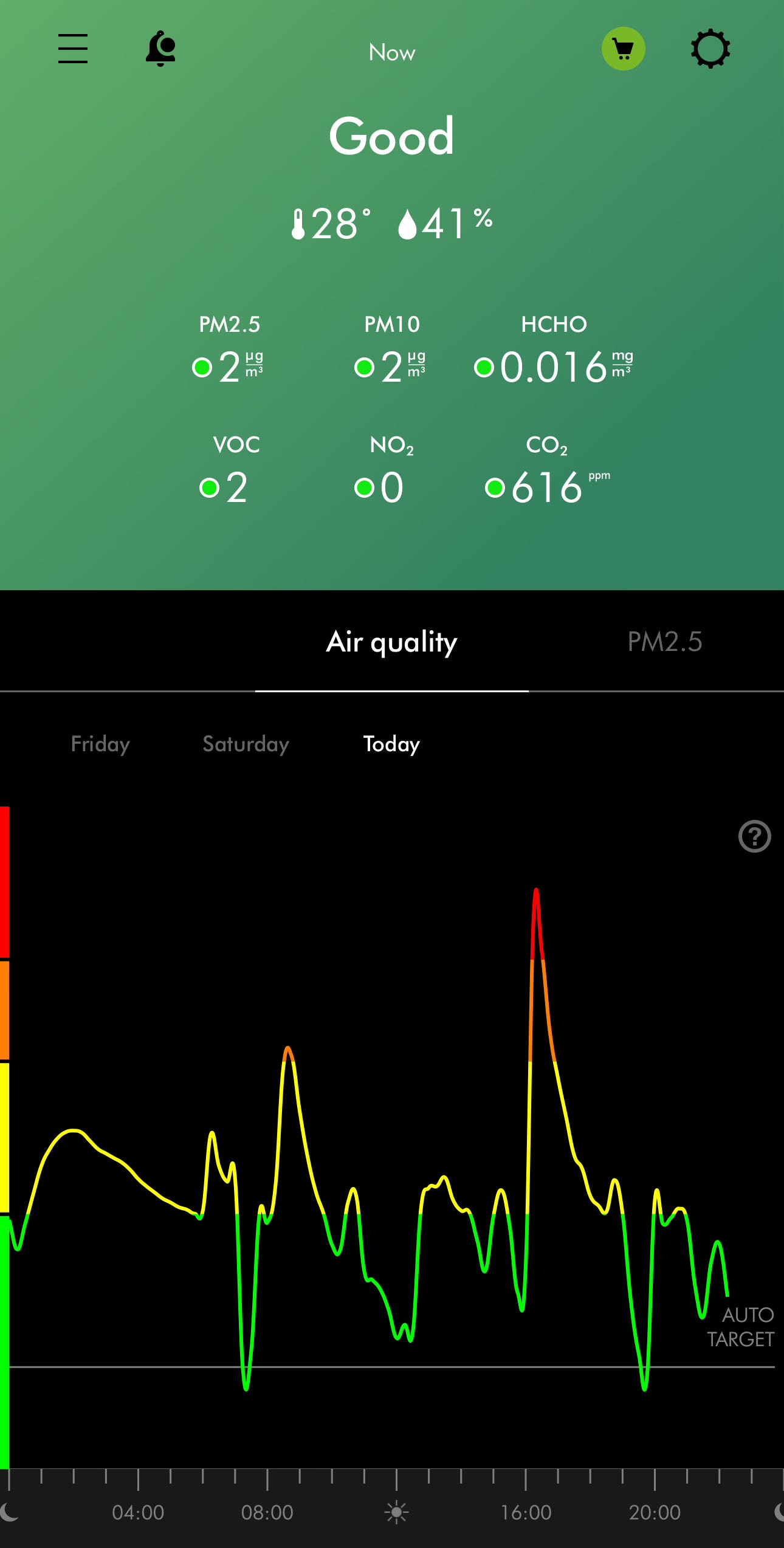
Super insightful read!
I was surprised reading the data from World Population Review, the country with the most cases of Alzheimer's Disease is Finland. There are 54.65 cases of Alzheimer's for every 100,000 people in this country. These numbers and statistics put Finland in the extremely high occurrence and high prevalence range for the disease. Interestingly and make me surprised, females are much more likely to have Alzheimer's in Finland than males. For every 100,000 people, Alzheimer's impacts 55.32 females compared to just 52.10 males. Curiosity why females are much more vulnerable to Alzheimer in this country?